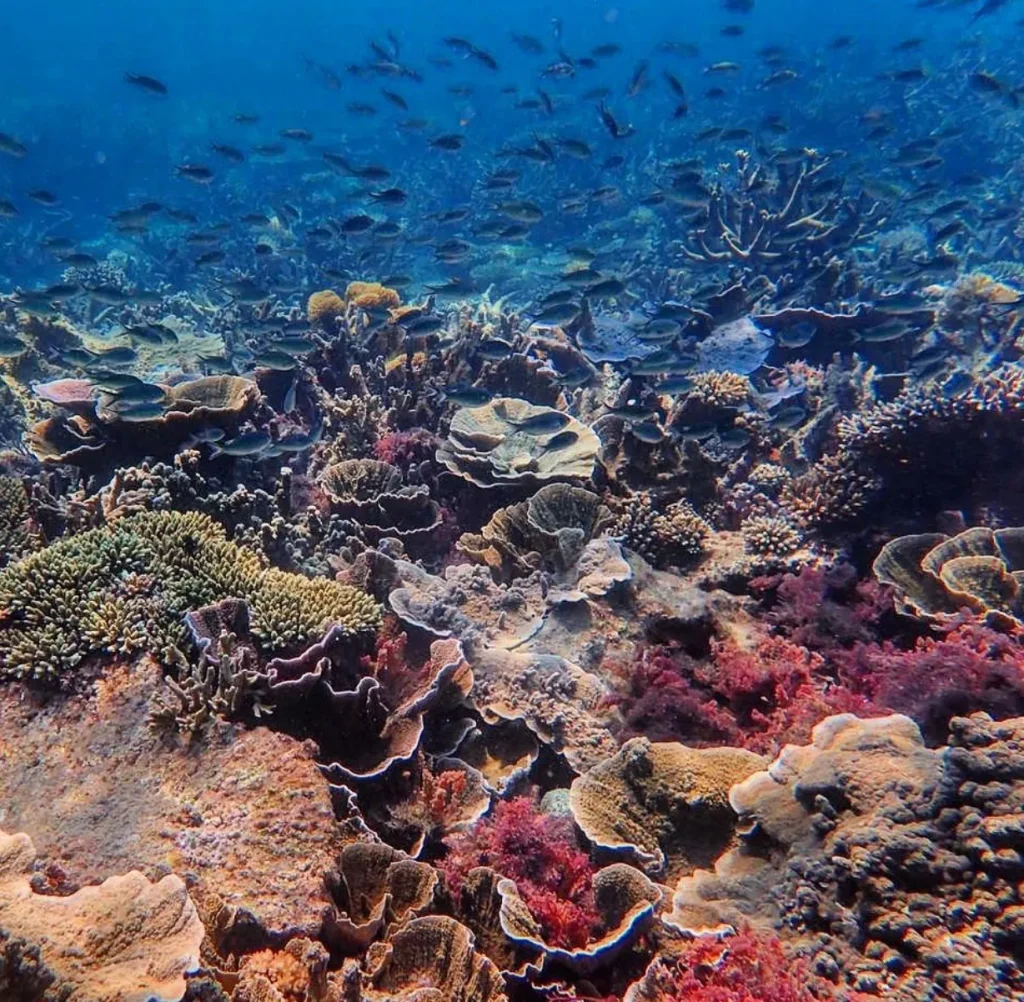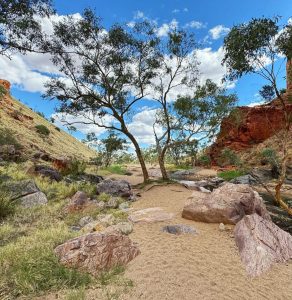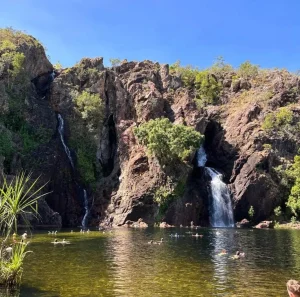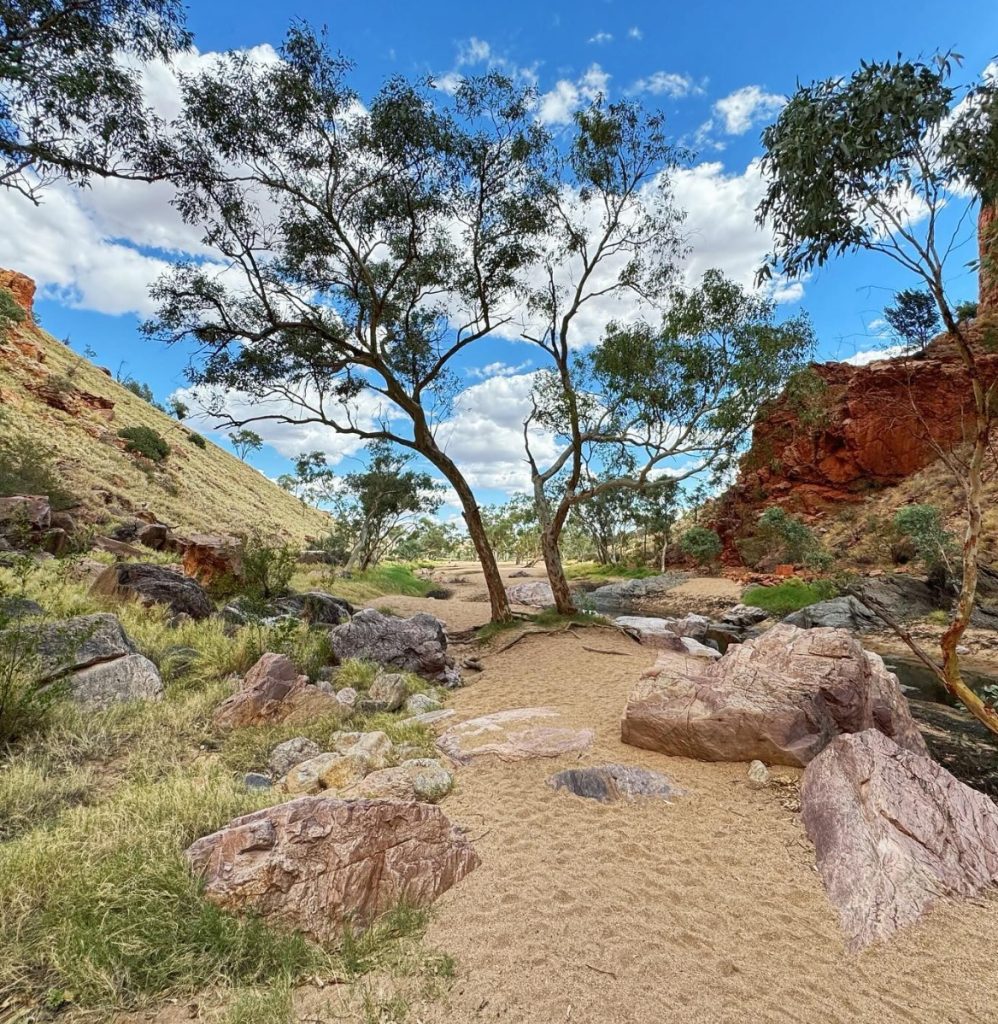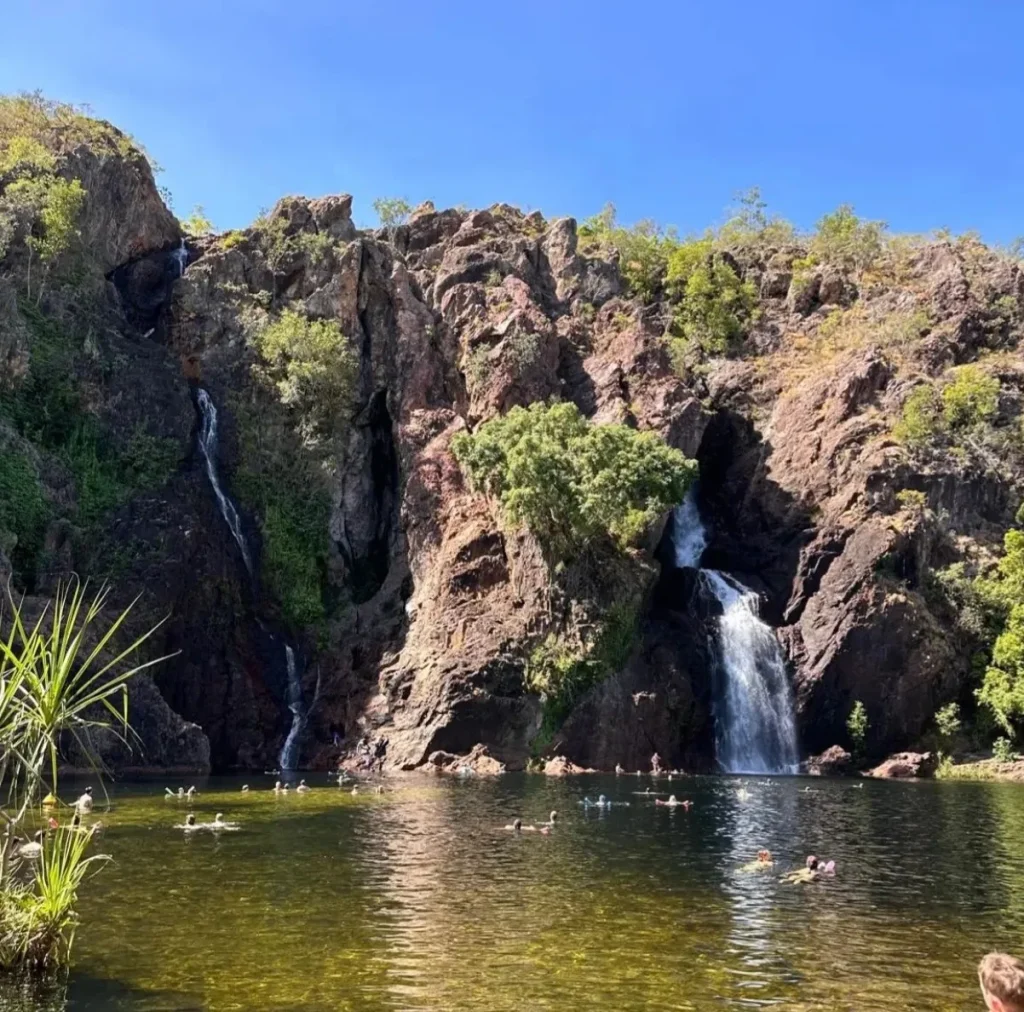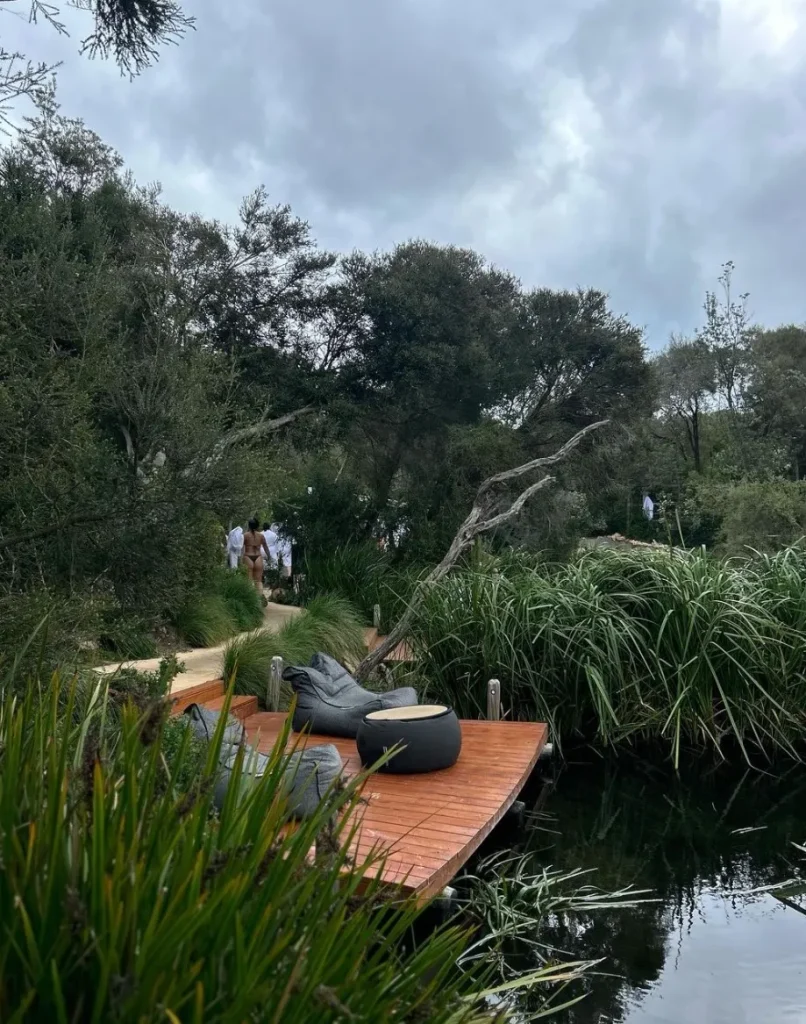The Great Ocean Road is famous for the road trip but also has some of Victoria’s best snorkeling and diving. From sheltered bays to rugged offshore reefs, this section of the coast has it all. Whether you want to explore colourful sponge gardens or see unique marine life, the Great Ocean Road has got it. In this article, we’ll look at the top snorkeling and diving spots, the marine biodiversity, and give you some essential tips for safe experiences. We’ll also look at the cultural heritage of the area and why we need to preserve and respect these beautiful environments. To make the most of your journey, consider a 2 day Great Ocean Road tour, combining scenic drives with time to explore the marine wonders along the way.
Top Snorkeling Spots Along the Great Ocean Road
Point Roadknight, Anglesea
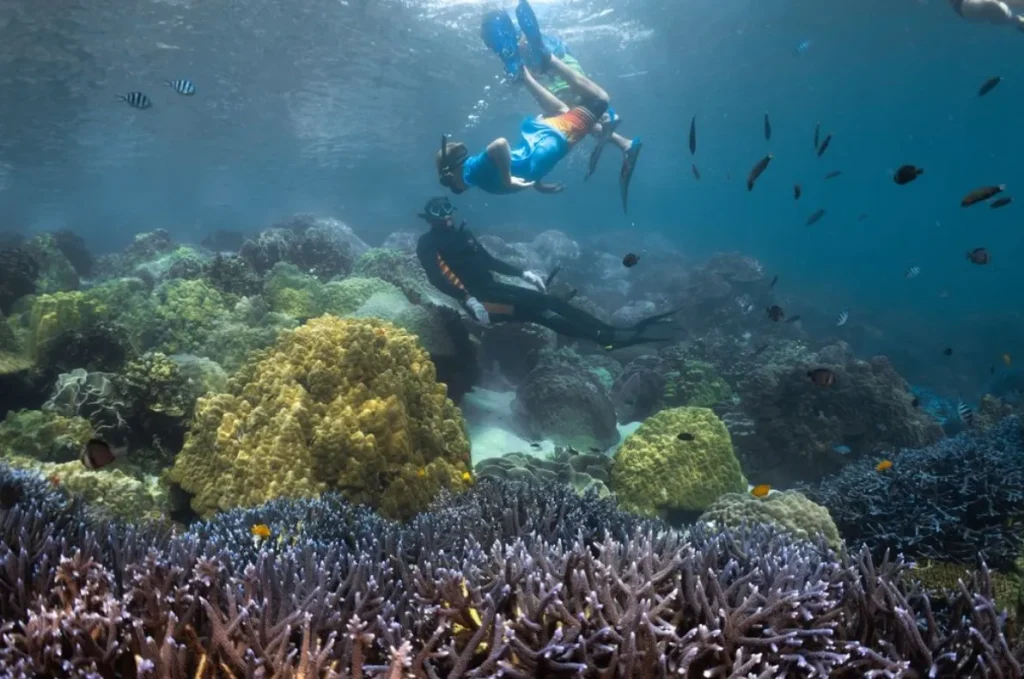
Point Roadknight is a great spot for beginners and families as the water is calm and sheltered. Located near Anglesea this snorkeling spot is known for its seagrass meadows and kelp forests which support a huge amount of marine life. Here you can see a variety of fish species and occasionally the brown Southern Rock Lobster hiding in the rocky outcrops. The area is managed by Parks Victoria so the environment is protected for future generations.
Eagle Rock Marine Sanctuary, Aireys Inlet
Eagle Rock Marine Sanctuary at Aireys Inlet is a great spot for snorkelers to experience the marine biodiversity of the area. The sanctuary has vibrant sponge gardens and kelp forests which support a wide range of marine species including the giant cuttlefish and Bull Kelp. The underwater landscape is covered in soft corals and rocky reefs making for a colourful underwater environment. It’s a great spot for beginners and experienced snorkelers to explore the Southern Ocean’s unique marine ecosystem.
Lorne Pier
Lorne Pier is a popular snorkeling dive site along the Great Ocean Road. It’s an accessible and diverse underwater experience. The pylons of the pier are covered in colourful sponges and soft corals and attract a wide range of fish. The area has rocky reefs and loose rocks which provide shelter for many species. The calm shallow water around the pier is great for beginners. Check the tidal ranges and weather conditions before you go to get the best visibility.
Best Diving Spots along the Great Ocean Road
The Arches, Port Campbell National Park
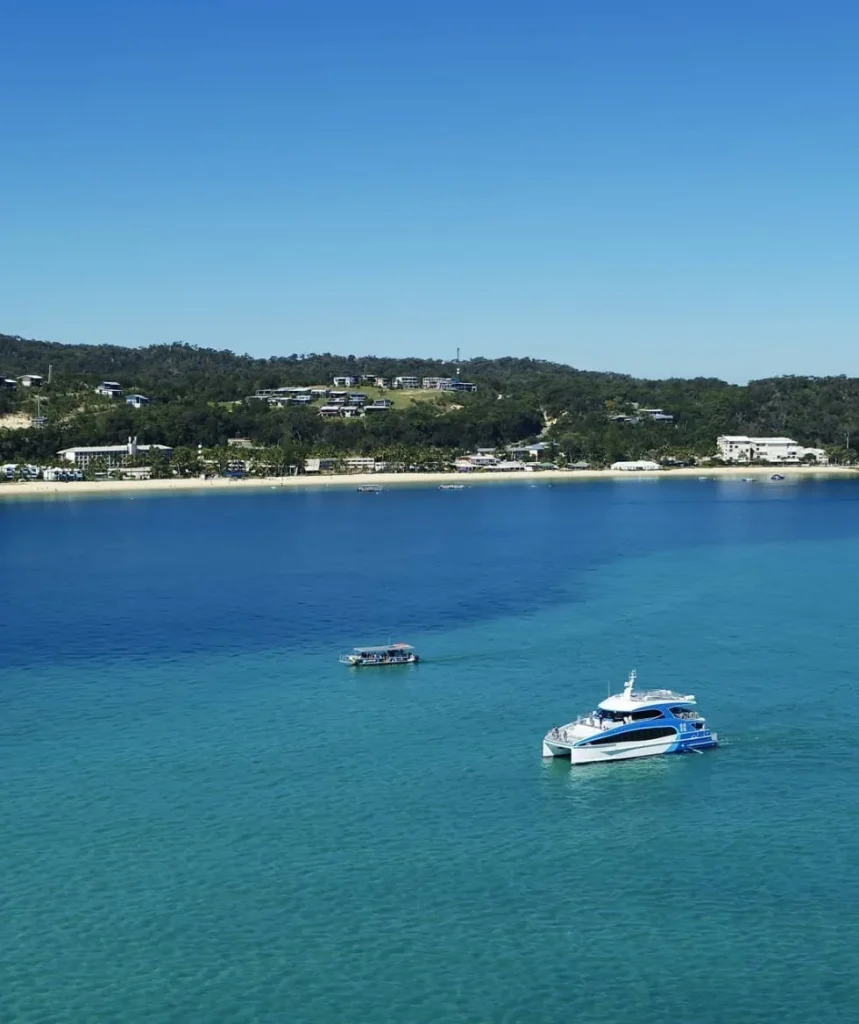
The Arches in Port Campbell National Park is a famous dive site with underwater arches and swim-throughs. This site has a dive route through narrow channels and caves formed by the Southern Ocean. The deeper water here has lots of marine life, fish and sponge gardens. Advanced divers only, for the dynamic underwater landscape of the Shipwreck Coast.
The Grotto, Port Campbell
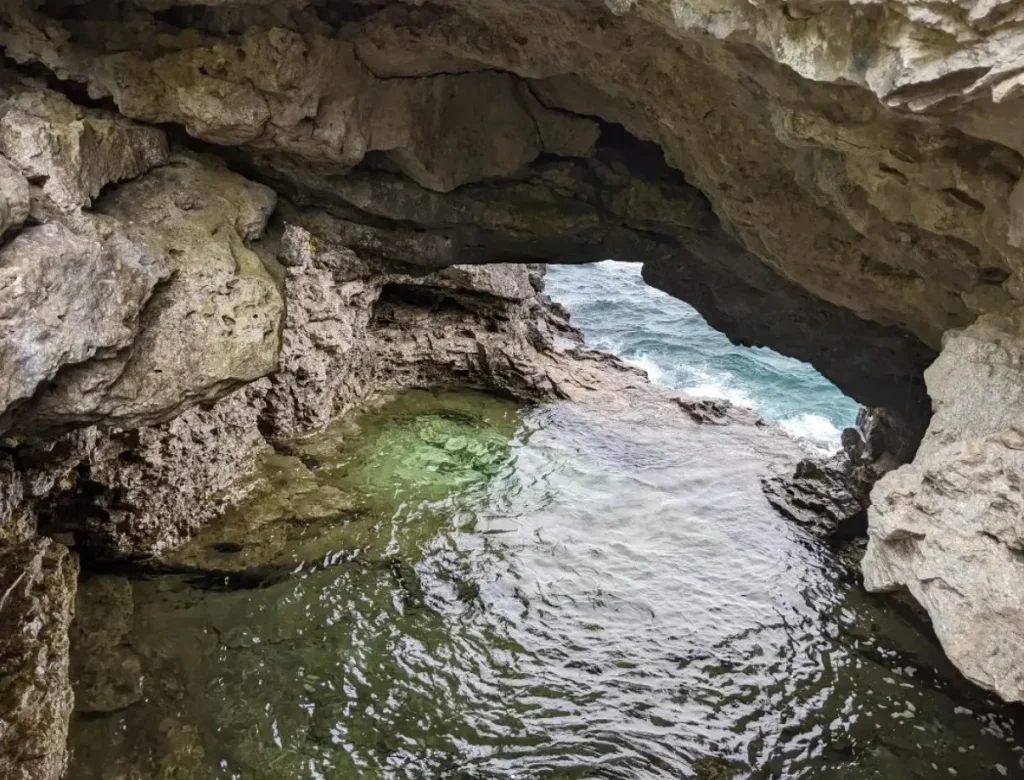
The Grotto near Port Campbell is a natural sinkhole connected to the ocean, freshwater and saltwater diving. This shore dive has a maze of caves and crevices where you can see Southern Rock Lobsters and colourful sponges. The site has stunning underwater scenery, sandstone reefs and exit rock platforms that create a magical play of light and shadow. Good weather and careful navigation required due to the narrow rock platform and tidal ranges.
Apollo Bay Harbour
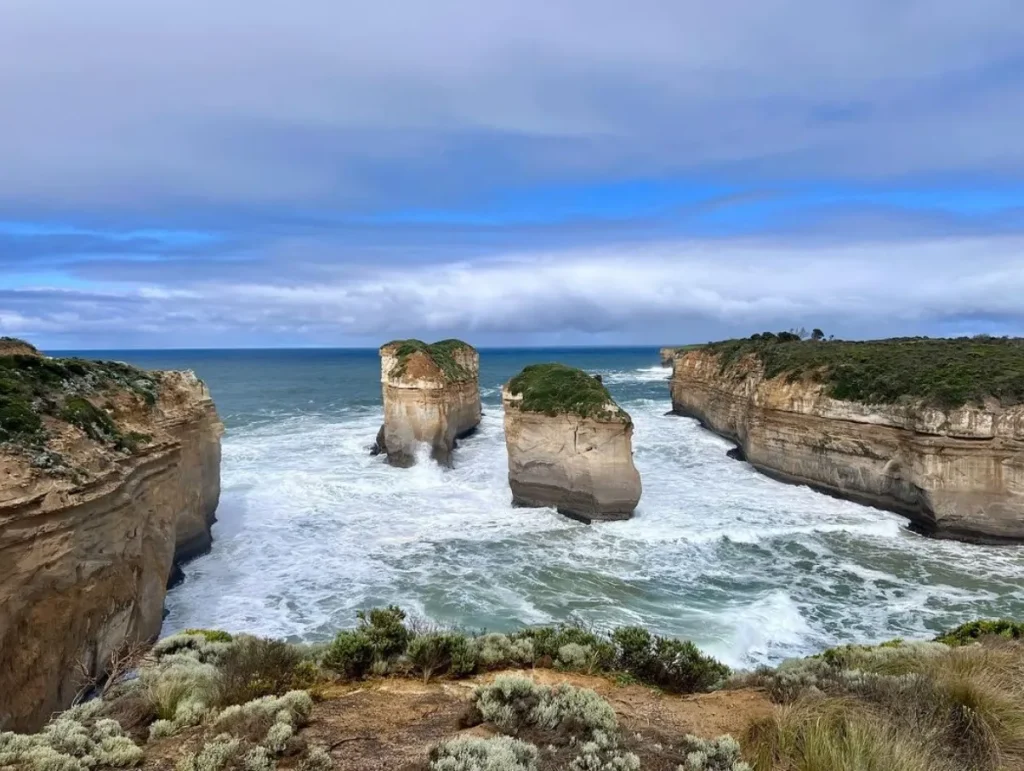
Apollo Bay Harbour is a great spot for beginners to try their first shore dive. The harbour is a safe environment with lots of experiences, from sandy bottoms to artificial reefs that attract lots of marine life. The marine environments here are teeming with seagrass meadows and kelp forests, home to small fish and invertebrates. No gear? No problem, snorkelling gear and scuba diving courses available in town.
Marine Life to See
Fish
The waters of the Great Ocean Road have many different fish species, from small colourful wrasse to larger predatory fish like snapper and trevally. Rocky reefs and outer reefs are home to species like the blue devil fish that hide in crevices. Schools of fish often gather around the offshore reefs, great for snorkellers and divers to see.
Invertebrates
Invertebrates like sea stars, sea urchins and anemones thrive in the marine environments of the Great Ocean Road. Giant cuttlefish and octopuses are common around the rocky outcrops and sponge gardens. The invertebrates add to the colourful underwater scenery and great for underwater photography.
Marine Flora
Kelp and seagrass are common along the Victorian coast, forming underwater forests that sway with the currents. These plants are important to the marine environment and make great backdrops for diving. The kelp forests are amazing to swim through and home to lots of marine life, a highlight for snorkellers and divers.
Snorkeling and Diving Safety
Check the Weather and Tides
Always check the weather and tides before you go. The ocean along the Great Ocean Road can be wild and conditions can change quickly. Safe experiences mean choosing times when the water is flat and visibility is good.
Use the Right Gear
Wearing the right gear is key to your safety and comfort. Make sure your snorkeling gear fits and for diving double check all your gear before you get in the water. This includes your regulator, BCD and air supply. Renting gear from a reputable provider means quality and safety.
Buddy System
The buddy system is important for both snorkeling and diving. Having a buddy means you have someone to help you in case of an emergency. Always communicate with your buddy before and during the dive or snorkel to stay aware of each other’s safety.
Respect Marine Life
Respecting marine life is key to your safety and the environment. Don’t touch or disturb creatures and never remove anything from the marine ecosystem. This is especially important in Marine National Parks and sanctuaries like Marengo Reefs Marine Sanctuary and Eagle Rock Marine Sanctuary.
Rent and Guided Tours
If you don’t have your own gear, there are several places along the Great Ocean Road that offer rentals and guided tours. Here’s a list:
| Location | Equipment Available | Rental Rates | Tour Options |
|---|---|---|---|
| Anglesea | Snorkel Gear, Dive Gear | $15 – $25 per day | Guided Snorkeling, Shore Dive Tours |
| Apollo Bay | Full Dive Equipment | $20 – $50 per day | Scuba Diving Courses, Reef Dive Tours |
| Port Campbell | Snorkelling Gear | $15 – $30 per day | Guided Snorkelling, Wreck Dive Tours |
| Cape Otway | Snorkel, Scuba Gear | $20 – $40 per day | Guided Reef and Cave Diving |
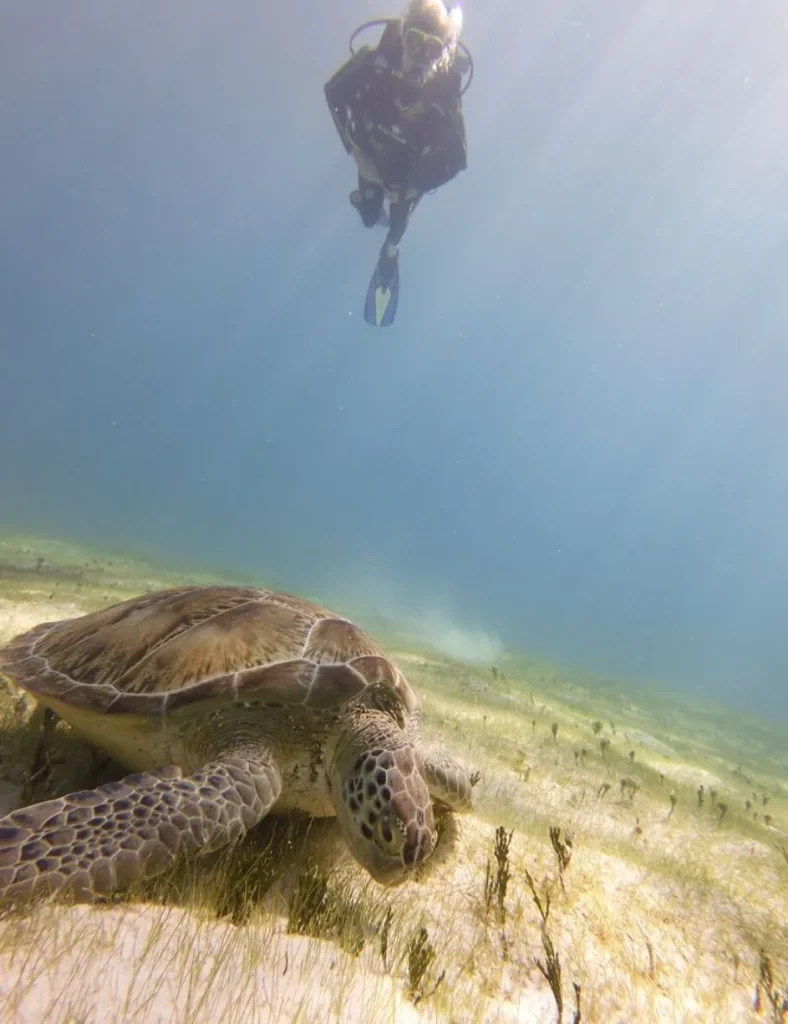
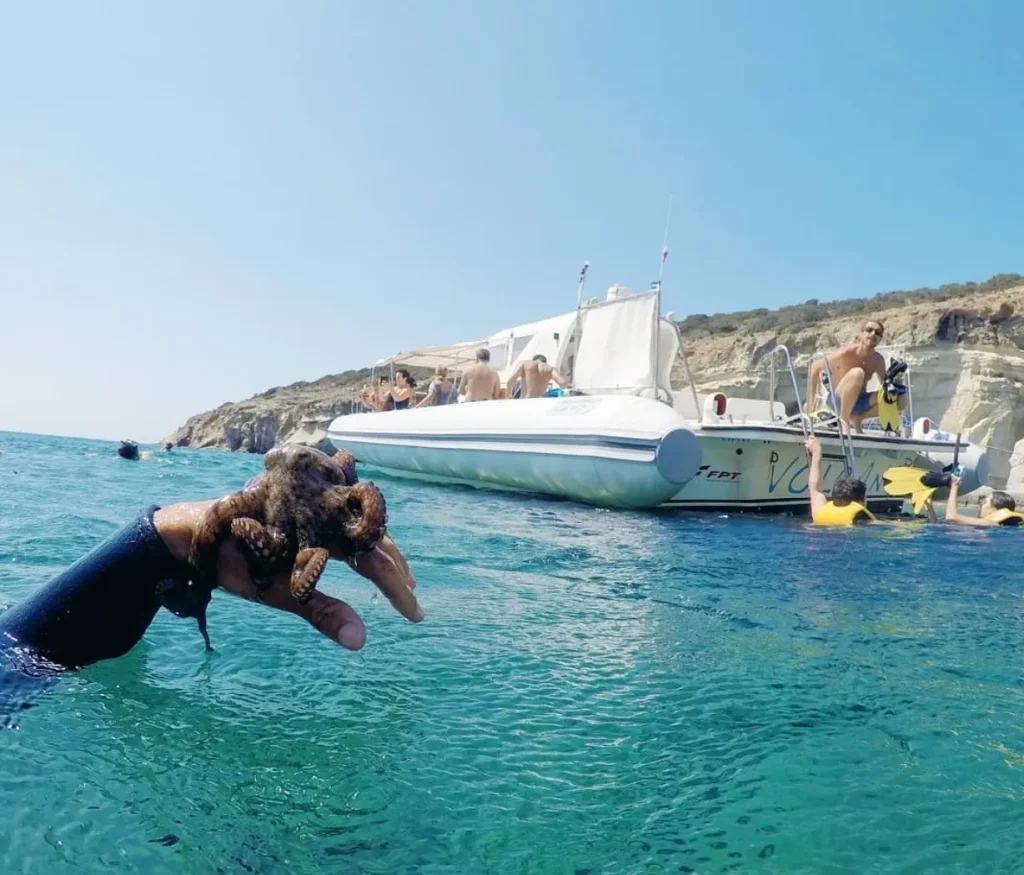
These hire services offer top quality gear and expert guidance so you can have a safe and fun experience.
Conclusion
The Great Ocean Road is not just a pretty drive but a doorway to some of the most diverse and beautiful underwater environments in Victoria. Whether you’re snorkeling the kelp forests at Aireys Inlet or diving the arches of Port Campbell National Park, this region has heaps of snorkeling and diving opportunities. The marine life, cultural significance and natural beauty of the area makes it a must see for underwater lovers. Remember to book ahead, respect the environment and enjoy the Southern Ocean.
FAQs
When is the best time to snorkel the Great Ocean Road?
Best time to snorkel is during the warmer months of December to February when the water is warmer and visibility is good. Early autumn is also calm for snorkeling.
Are there any dangerous marine animals I should watch out for?
While most marine life is harmless, there are a few to be aware of, jellyfish and stingrays. Always be aware of your surroundings and don’t touch or provoke any marine creatures.
Do I need a certification to dive the Great Ocean Road?
For most dive sites you need a certification. But there are beginner friendly options like guided Discover Scuba Diving at places like Apollo Bay that don’t require certification.
Can I hire snorkeling and diving gear along the Great Ocean Road?
Yes, there are several places that hire snorkeling and diving gear, Anglesea, Apollo Bay and Port Campbell. Prices vary depending on the gear and duration of hire.
Are there guided snorkeling or diving tours?
Yes at multiple locations along the Great Ocean Road. Perfect for beginners and a safe and educational experience with expert guides who will show you the best spots and marine life.
